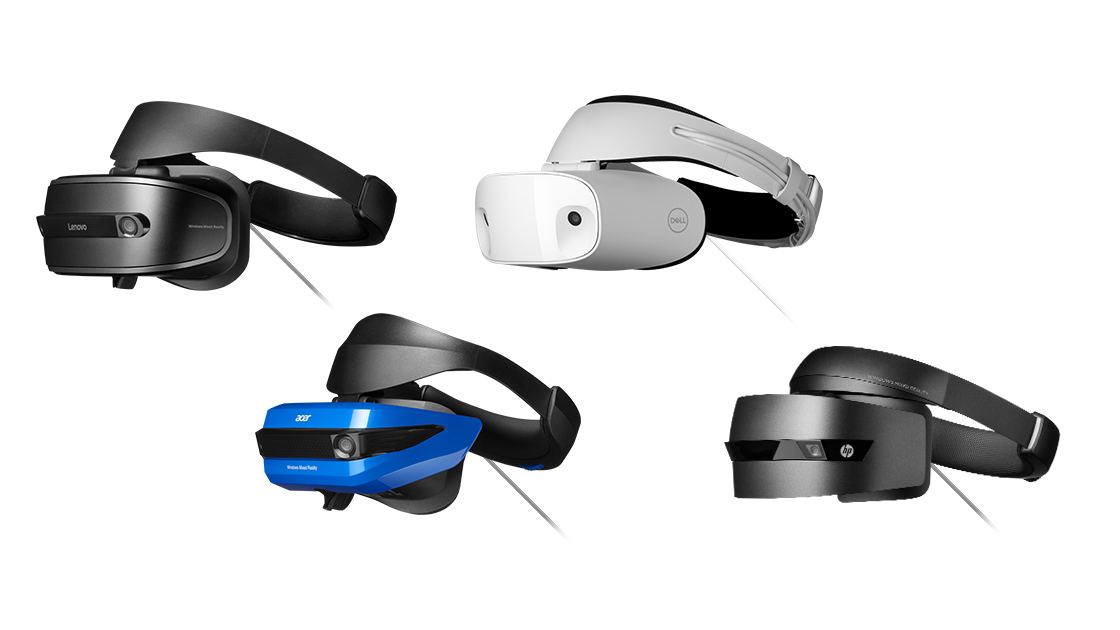Microsoft is one of the most interesting companies in the virtual and augmented realms. On one hand, you have Phil Spencer not wanting to jump into virtual reality yet, as he is saying no one wants it. On the other hand, you have the Windows Mixed Reality side staring down the future of virtual reality, looking for any seem to find their opening once more.
In late 2017, right when VR started to pick up steam, Microsoft built a software foundation into windows 10 called Windows Mixed Reality. In the same time, the company also convinced a wide variety of customers to make headsets specifically for the platform. Dell, Lenovo, Acer, HP, Samsung, and even Asus all got in on the WMR party.
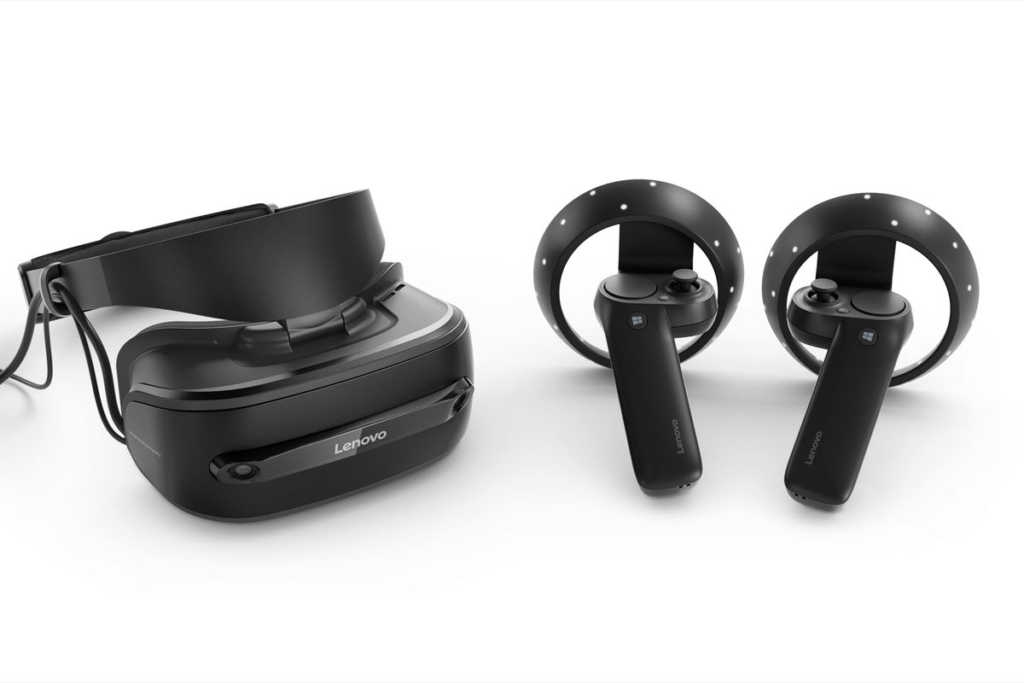
Most of the headsets that released with the Windows Mixed Reality had nearly the same specs. Other than the Samsung headsets going a bit above and beyond, the only difference between headsets were the hardware designs.
The Windows headsets were the first major group to work with inside-out tracking. Although this seems like a recipe for success, millions didn’t flock to the headsets as Microsoft intended. The lack of content on the stores was an early killer for Windows, as Steam has always had richer and more content.
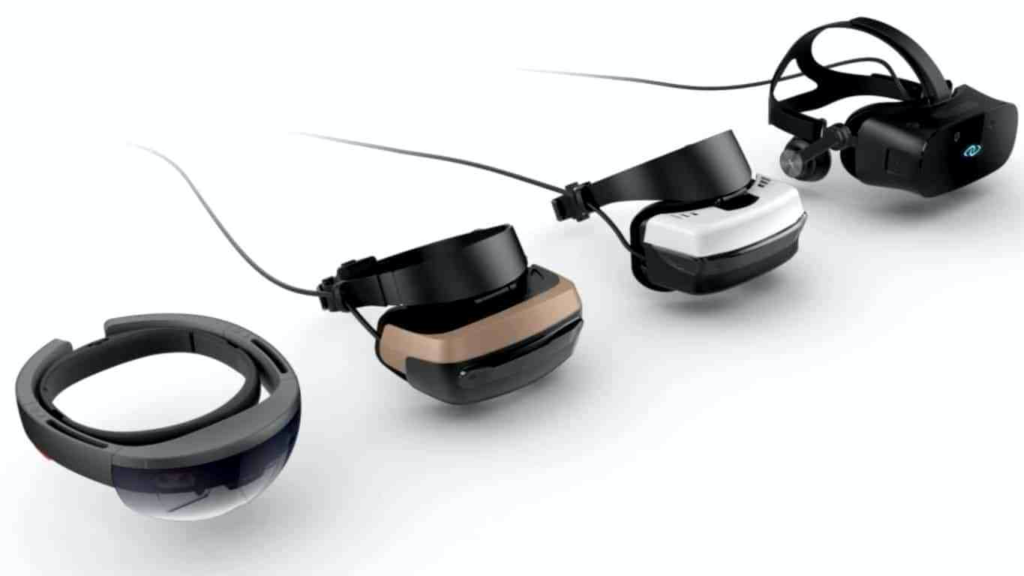
The peak of the headset usage was quick and short-lived. The most hardware usage they ever saw were 11.13% in June of 2019. Now in the latest report in January, the headset saw a usage of 8.05%. The decline has been slow, but it has also been constant.
The Future of WMR
There was only two headsets released after the initial launch. The Samsung Odyssey+ and the HP Reverb were the only two that were a ‘second version’, and even they didn’t do great. These new headsets have a feel of ‘last-gen’ when compared to the other headsets on the market. The controllers and tracking especially feel older than they should, especially with the off-and-on tracking that plagues most WMR headsets.
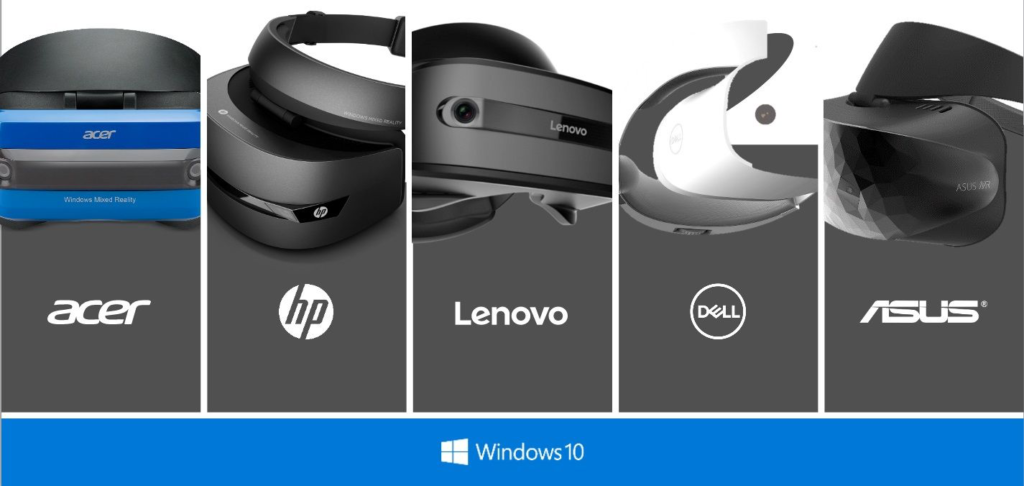
It would make sense for Microsoft to throw the towel in on Windows Mixed Reality headsets. The company’s biggest selling point, the Xbox, isn’t caring about VR. The industry is doing just fine with Steam and Oculus, and it seems many are forgetting. Does this mean that Microsoft is throwing the towel in? Not necessarily.
They seem to be intent on advancing forward with VR, whether Phil Spencer wants to include it or not. In a statement made to Roadtovr, a spokesperson for Microsoft spoke on the future of WMR headsets.
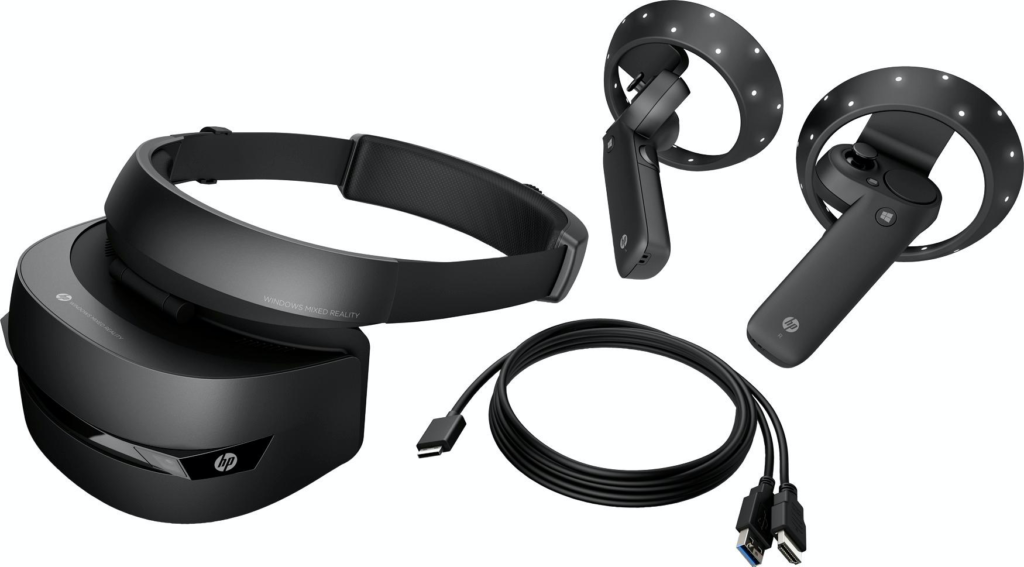
“[…] Microsoft remains invested in improving the underlying [hardware] platform, Windows Mixed Reality, and look forward to what the future will hold for the industry. We continue to believe that end-users will be interested in taking part in mixed reality through a variety of different entry points along the spectrum, inclusive of virtual reality, augmented reality and everything in between.”
“As we discussed at MWC 2019,” the spokesperson said, “we continue to develop with the idea of #Open at the forefront—in which we believe that for an ecosystem to truly thrive there should be no barriers to innovation or customer choice.”
Microsoft will continue to have the plugin ready for SteamVR in March, as that is the only way Mixed Reality Users will get Half-LIfe: Alyx.






















